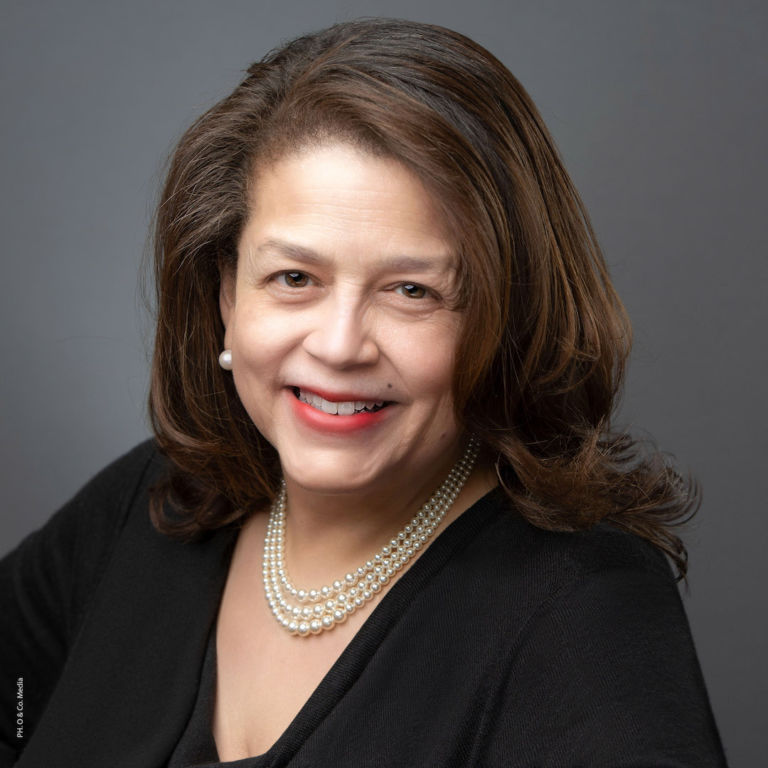NOTE FROM THE CEO
When I stepped into the role of CEO and owner at talkStrategy, I knew that I had the huge responsibility to foster a brave space coupled with an inclusive agency culture open to all perspectives. I don’t take this responsibility lightly. I am proud of the team we have built, each person bringing their own perspectives to the work, to the enrichment of the agency and to each other as individuals. Beginning this month, we will embark on a year-long journey to learn more about each other, explore new perspectives, and have candid conversations. As communications professionals, our role is to help brands navigate the modern channel ecosystem. We hope this endeavor will introduce new thinking, making us better communicators, better stewards of the ecosystem, and frankly better humans. To ensure we have diverse perspectives, the exploration will be spearheaded by rotating members of our team of talkStrategists. I hope you join us over the next weeks and months, as well as join in the dialogue.
Let's talk: Dr. Cheryl D. Miller
During this Black History Month, we are taking the time to acknowledge and honor Black professionals who have made contributions to the Marketing and Communications industry as a whole, as well as recognizing those who are history in the making. Next, we are uplifting Dr. Cheryl D. Miller’s legacy of fighting tirelessly for greater diversity and inclusion in the design industry.

Cheryl Miller, graphic designer, advocate and theologian
Cheryl Miller is not just a graphic designer, but also an advocate, activist, writer, educator, researcher, fighter, theologian, survivor, and a legacy. She was born in Washington D.C. in 1952, and grew up in an upper-middle-class, multiracial family, deeply embedded in Black culture. Art was everything for her, and she developed her own visual perspective that won her numerous art awards as a child. Miller went to the Rhode Island School of Design (RISD) in 1970, and then completed her BFA at the Maryland Institute College of Art.
In 1984, she founded Cheryl D. Miller Design Inc., one of the first Black women-owned firms in New York City. Her firm designed corporate communications for Fortune 500 clients including BET, Chase, American Express, Time Incorporated, Sports Illustrated, Philip Morris, and McDonald’s. The firm’s non-profit clients dedicated to personal activism and social movements have included the United Negro College Fund, the National Urban League, the Congressional Black Caucus Foundation, the Joint Center for Political and Economic Studies, and the Jackie Robinson Foundation, which arose out of the civil rights movement of the 1960s.
Miller’s thesis essay on the condition of racial segregation in the design industry, titled “Transcending the Problems of the Black Graphic Designer to Success in the Marketplace,” brought attention and opportunity. Her essay catalyzed a discourse around diversity and inclusion in the design industry that continues to unfold today. Her commentary on the necessity of inclusion and the plight of Black designers rang true with many people in the industry. Miller believed that design is communication, communication is a form of activism, and to be an activist is to be a preacher at heart; someone who excites the spirit and activates the good work that heals and uplifts communities.
Throughout the 1980s and ’90s, Miller’s firm excelled at social impact corporate communications. However, she lamented the many lost opportunities for high-profile projects that might have changed the course of many careers had they been awarded to Black designers. Miller has countered against the limitations placed on her and her colleagues, which were the long, persistent shadow of Jim Crow politics that poisoned all facets of American culture.
Miller’s legacy is as much the visual impact of her work as it is her forthright critique of an industry that has persistently marginalized Black talent. Her work and activism have inspired many in the design industry to look inward and strive for diversity and inclusion.
FUN FACT
At a webinar organized by Chris Rudd at the IIT Institute of Design, Cheryl D. Miller was asked to reflect about the elements of contemporary graphic design that she believes symbolize racism and oppression:
“I would like to retire the Paul Rand look. I would like to retire mid-century Helvetica. I want to retire flush left. I want to retire rag right. I want to retire white space. I want to retire the Swiss grid… It is the look of my oppressor… a mid-century era when it wasn’t easy to enter the NY marketplace as a Black designer. When I see that look, the only thing it says to me is, ‘You cannot enter. You don’t belong. You’re not good enough.’”
Thank you for taking to the time to learn more with us about the impact of Black professionals in the field. Stay tuned throughout the coming months for more moments of reflection and homage. Follow for more talkStrategy storytelling at @wetalkstrategy.
